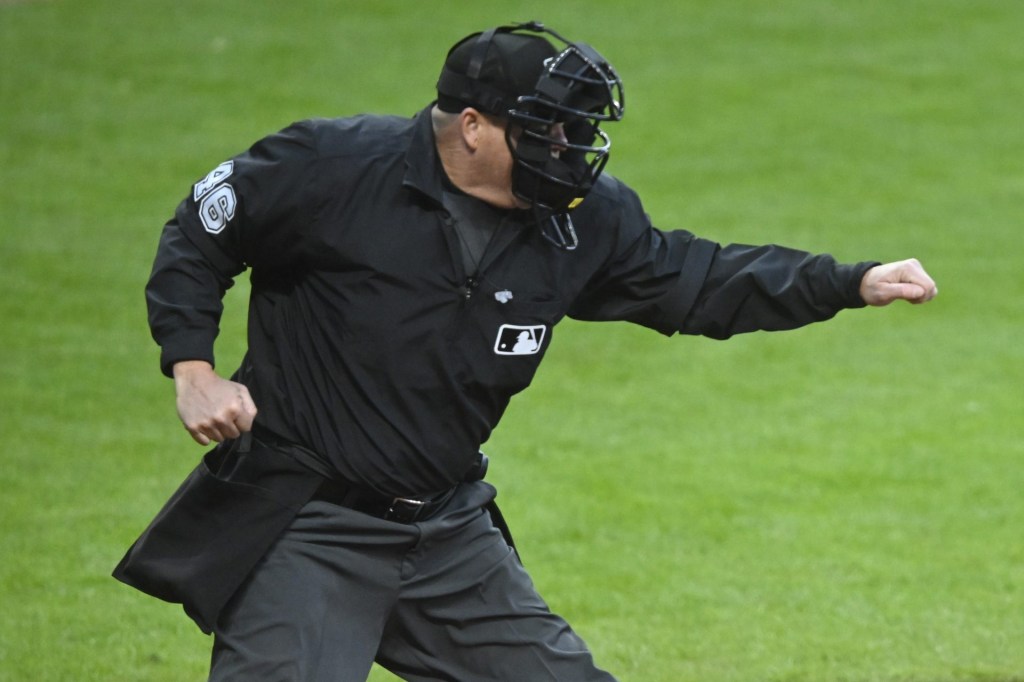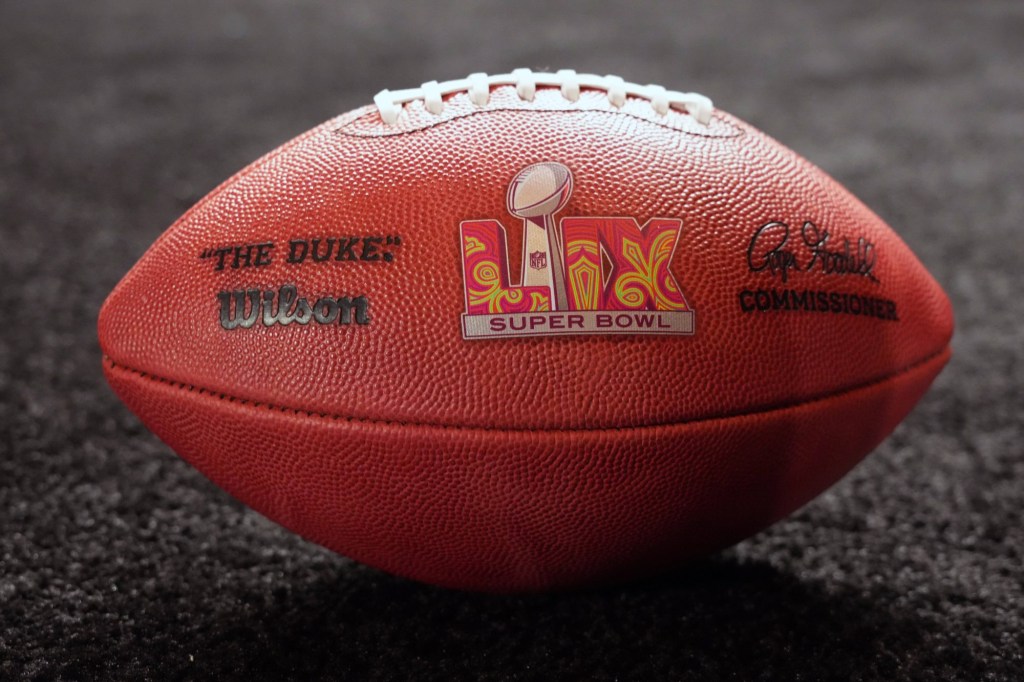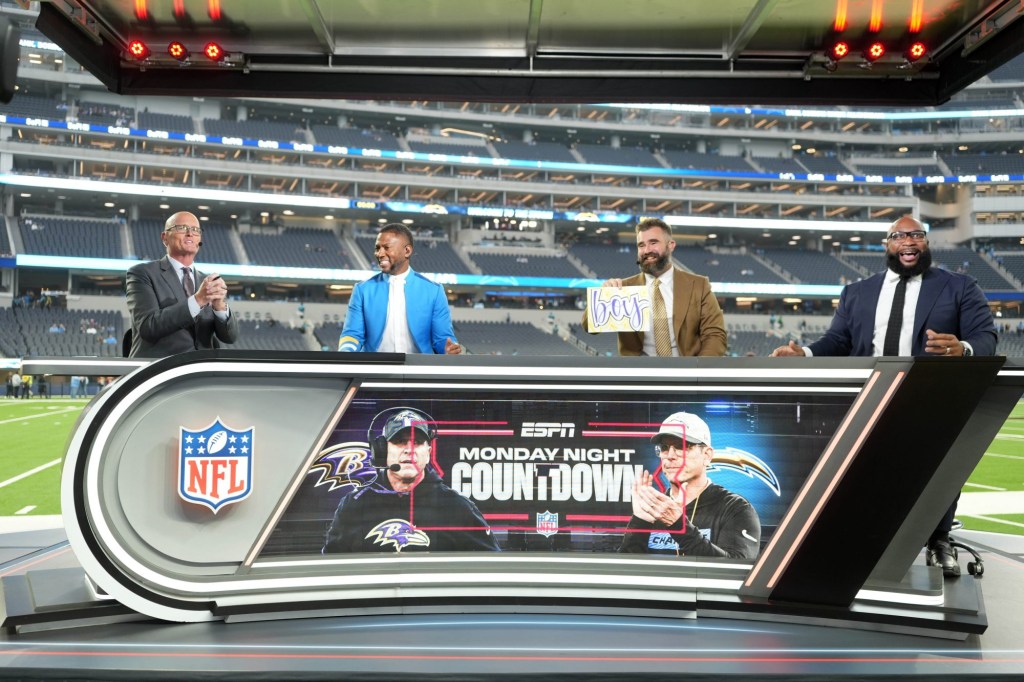
The 2018 World Cup in Russia seems to have already been won by a nation that’s not even participating: China.
Of the 21 FIFA partners and sponsors in Brazil in 2014, one was Chinese. Meanwhile, of the 16 partners in Russia, seven are Chinese.
Why is China, a nation that has only ever participated in one World Cup (2002), investing so heavily in a tournament that it is not a part of? For that, we have to go back to 2014 when China’s Premier, Xi Jinping, came up with the vision to play in, host and win the World Cup by 2050. This started a slew of investments by private businesses in local teams as well as European powerhouses in an effort to win favor with the Premier.
Wanda Group – owned by the richest man in China, Wang Jianlin – bought a stake in Atletico Madrid (which it sold earlier this year), and CMC did the same with Manchester City. Other European clubs were bought outright by Chinese companies such as AC Milan (Li Yonghong), Inter Milan (Suning Corp) and a host of West Midlands clubs, including Aston Villa (Tony Xia – Recon Group).
Similarly, local teams started receiving heavy investment, with elite players and coaches making their way to China. Players in their prime started going to play for football clubs in China. Carlos Tevez became the highest-paid player in the world when he joined Shanghai Shenhua FC. He was followed by Chelsea and Brazil’s Oscar and other top players. Top coaches such as Felipe Scolari to Guangzhou Evergrande (Brazil’s World Cup-winning coach), Marcelo Lippi to China National team (Italy’s World Cup-winning coach), Andreas Villas Boas to Shanghai SIPG (Tottenham) and more followed. Whether this has worked towards improving the quality of football and achieving Premier Xi’s goal is a story for another day, but it certainly put China on the football map.
World Cup
Chinese brands now realize the power of football in reaching and engaging with the consumer, be it catering to the huge domestic market or expanding internationally. The FIFA World Cup is one of the most-watched events globally, and the Russian edition, which started last week, is expected to have 3.2 billion viewers. It is the premier sports property for brands that are — or want to become — global powerhouses.
However, FIFA’s reputation has taken a serious battering due to the 2015 corruption scandal and its aftermath. Additionally, Russia itself has been embroiled in events that have sullied its image. From meddling in the U.S. elections, to the annexation of Crimea, to a major Olympic doping scandal, it does not align itself with the values that the beautiful game is supposed to embrace, making brands vary of being associated with it.
[the_ad id=”14890″]
When a brand attaches its name to an elite sports property, it is looking to transfer some of the attributes of the property to the brand: best in the world, trust, and credibility. In this case, the latter two are severely lacking. In fact, partners from the 2014 edition such as Castrol, Continental Tyres, Johnson & Johnson, Sony, and Emirates all chose not to renew for the Russia World Cup.
It is rare that top partnerships slots open up for such an event. Enter China. Chinese brands have no previous association with FIFA — only one Chinese brand, Yingli Solar, was a sponsor for the 2014 edition — and are untainted by the scandals.
Partnering with the World Cup provides a Chinese brand a platform to quickly and effectively build awareness with a global audience, while on the sizeable domestic front it helps to differentiate from competition and become the premium brand in its category.
Just days before the start of the tournament, two Chinese brands, technology and entertainment company Luci and men’s clothing brand Diking, signed on as sponsors. They join Chinese smartphone maker Vivo, property and entertainment giant Wanda, electronics brand Hisense, e-scooter manufacturer Yadea and dairy brand Mengniu.
By the end of the World Cup, the whole world will know about Mengniu’s milk and yogurt products and Vivo’s smartphones. These brands have found an opportunity to showcase themselves on a global scale and develop awareness, increase reach, build a connection and engage with existing and potential consumers.
Want more content like this? Subscribe to our daily newsletter!
Partnering with FIFA will also help provide China influence in a potential bid for the 2030 World Cup, part of Chairman Xi’s plan to win the event by 2050.
It’s not just the official FIFA partnerships that are being leveraged by Chinese brands, as other brands have partnered with various football federations or individual stars.
Since the start of 2018, the following deals have been struck with the World Cup firmly in mind:
- Neymar with TCL & Oppo – main competitors of Official Fifa Sponsors Hisense & Vivo (February & June, respectively)
- Messi as brand ambassador for Mengniu (February)
- Vatti with France Football Federation & Thierry Henry (February and May, respectively)
- Ronaldo and car manufacturer Wey (May)
- Portuguese national team with Wahaha, Mentholatum & Eastroc (March onwards)
- Belgium and Sichuan Changhong Electric (March)
- Argentina and Vanward (May)
What are the objectives of these partnerships? Will they deliver value to the brands? What sort of engagement campaigns and activations are the brands doing? In what circumstances does it make sense to partner with an event that happens once every four years?
Over the next few weeks, we will answer all of these questions and more as we look at how Asian brands, particularly Chinese ones, are using the World Cup as a launch event to go toe to toe with the western incumbents to become regional and global players.

















